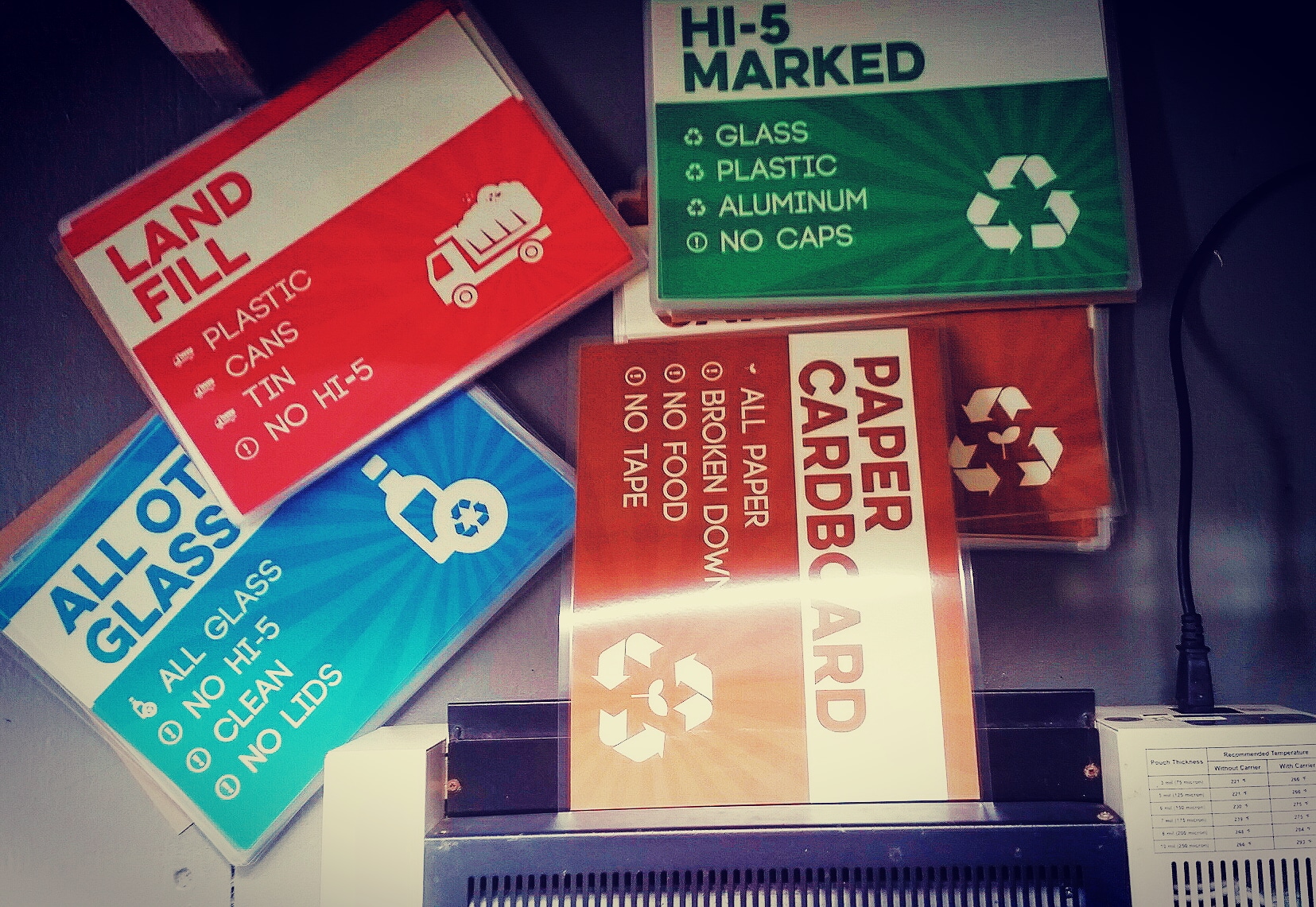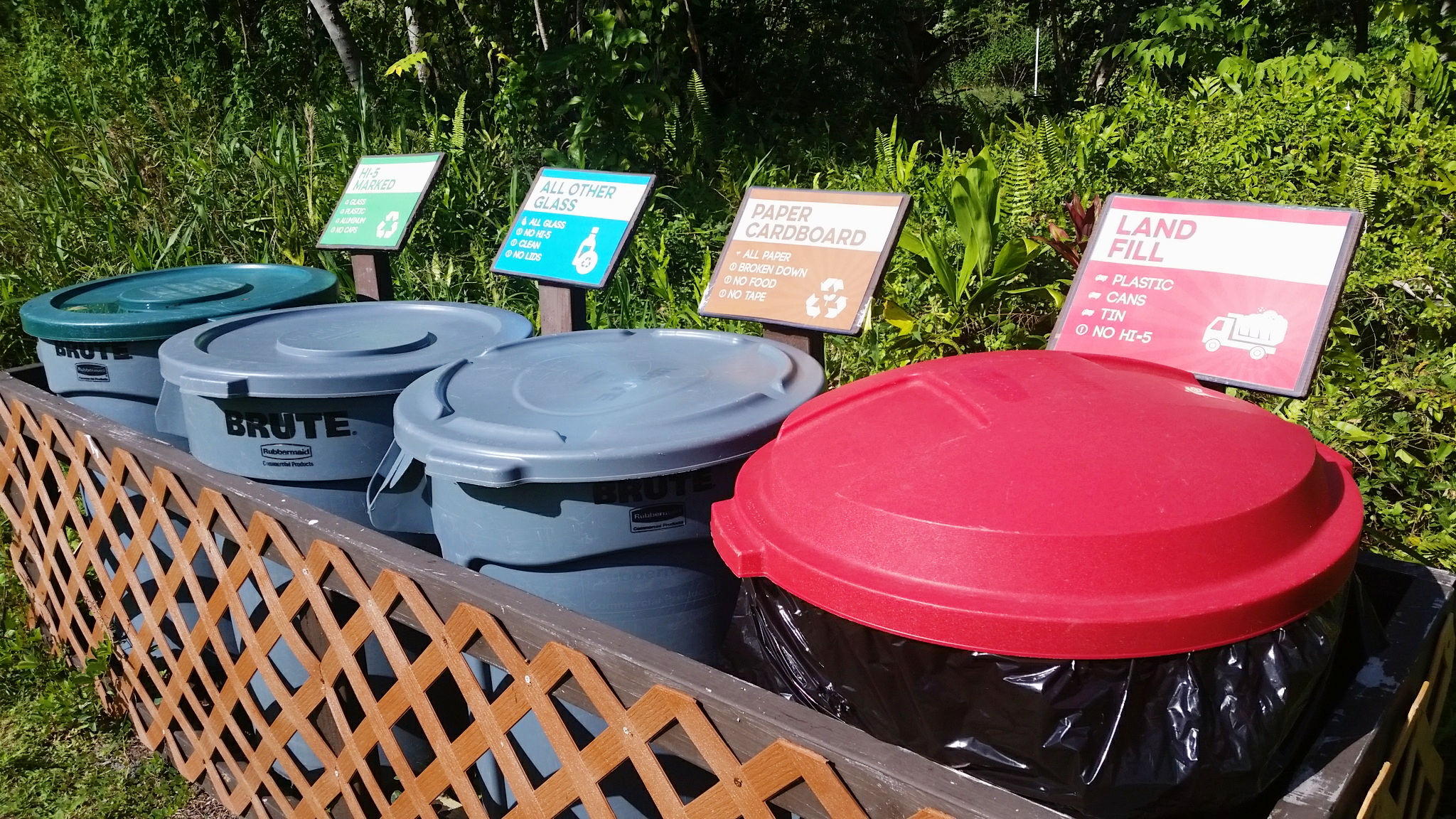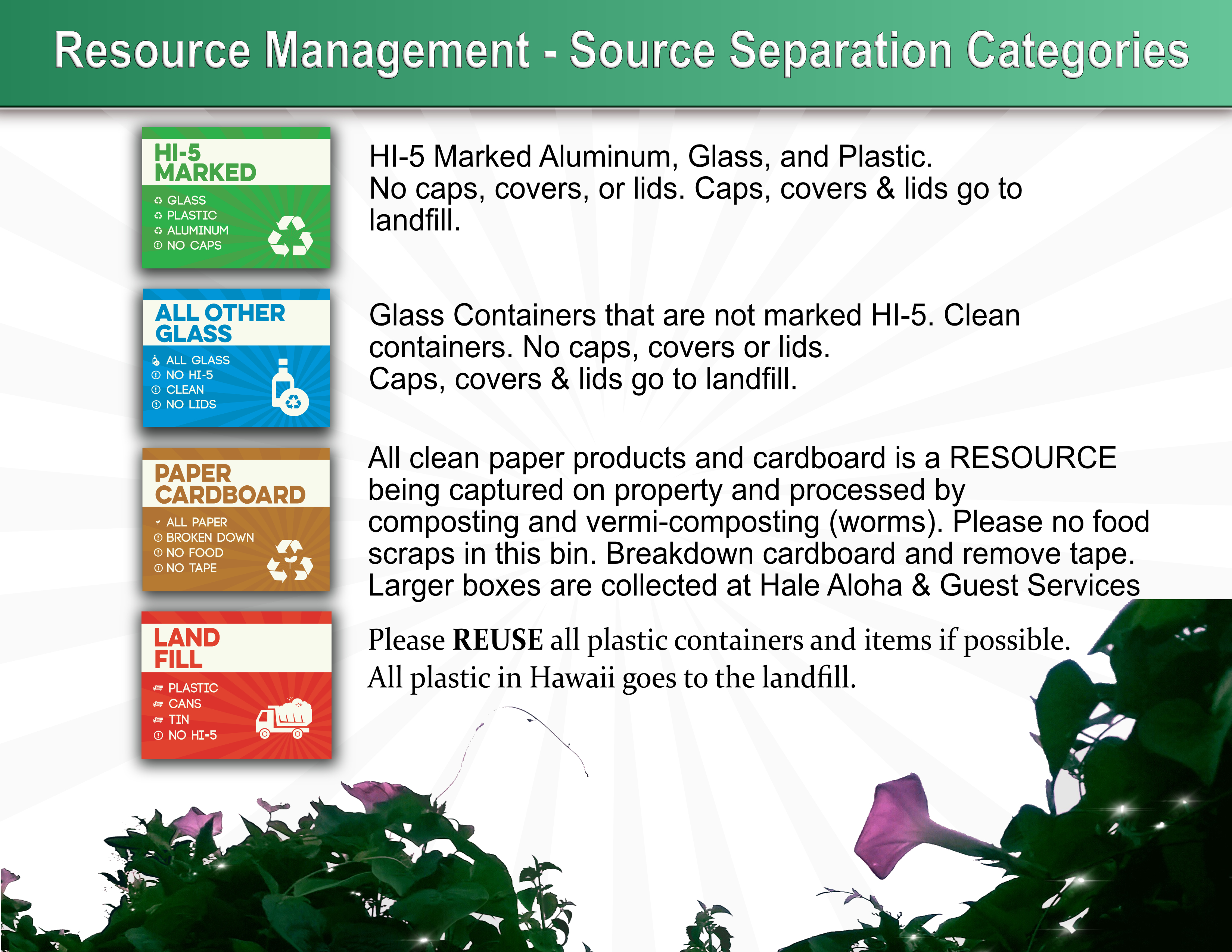Recycling is business…. a 1 billion dollar industry in fact.
It was the mid 2000’s and the narrative at the time was that the consumer goods were flooding in from overseas at a generous rate. 99 cent stores were stocked for us. The American consumer could find just about anything we would ever need, for just under a dollar. Consumer goods were becoming cheaper and cheaper, and consequently more cheaply made. We even found ourselves in the era of planned obsolescence, products being made by design to break fast, so that more consumption is facilitated. The barges of shipping containers of our consumables would arrive into the coastal ports. Trucks were loaded and paraded out into the highways, marching down the major transport routes in tight line formations.
As of 2009, approximately 90% of non-bulk cargo worldwide is moved by containers stacked on transport ships; 26% of all container transshipment is carried out in China.
–Containerization
We the Americans are the consumers, so what was our export? Trash. Recyclable materials at the time, and mainly paper. China was the buyer.
As long as there was a market for the waste (resources), there would also be a workforce to extract the materials that were in demand. China was the largest importer of recyclable waste. Shipping containers that delivered our consumables actually was difficult to bring back overseas empty, and more costly to do so.
Empty containers:
“the cost of transporting an empty container to a place where it can be used is considered to be higher than the worth of the used container. Shipping lines and container leasing companies have become expert at repositioning empty containers from areas of low or no demand, such as the US West Coast, to areas of high demand, such as China.”
–Containerization
So our trash went inside, and shipped to China. We actually became so good at consuming, that we as Americans make up 4% of the population, while producing 25% of the worlds trash.
And so they say; One man’s trash, could be another man’s treasure.
China was using the waste (resources) to establish their position in the global economy. Utilizing the materials to create the manufacturing infrastructure and the goods that we would re-consume. China created a cheap and easy solution for the US recycling. Because of this, the US didn’t put much money, infrastructure, or thought on how we would clean up after our own consumer selves.
2017
China didn’t need to recycle the waste of the world anymore. The newly developed middle class were generating enough waste within the Country for their recycling needs. This halt on the imports of the waste stream was called: Operation National Sword. This was the shocking hit that brought the recycling business industry to it’s bottleneck. Before Operation National Sword, plastic was bought for $300/ton. After a mere $40/ton. States like Washington, Oregon and California now facing mounds of recyclables that were piling up fast. Inevitable, the waste stream would have to be sent to the landfill.
2018
Announced the Blue Sky Policy from China stating it will stop all recyclable imports by 2020. These shifts in global markets have caused many recycling centers not to have a market for their materials. This means they had to cut services and send materials they currently were collecting to the landfill.
Currently all mixed paper is banned from China from any country, which came to an approximate 400,000 tons of material a month that has now nowhere to go.
2019
Global market shifts has painted a different landscape. China has long not needed our recyclables anymore. Still pumping out our consumables, some at low quality and possibly toxic products for us to consume. They have elevated themselves out of the trash business. Thailand, Indonesia, Vietnam, India and Malaysia had picked up the unwanted waste, however also starting to be in a position to refuse imported materials for many reasons. Reasons including overloading of incoming streams and lack of infrastructure. All this now causing environmental impact to these areas.
It is now common to unload the piling backstock to these countries at a lost. Other options are burn or landfill. Before companies would get paid to offload the waste, now they are having to pay to have it processed. Paying now to have items recycled, or the option of it going to the landfill.

And now, our story continues, trickling down to the Hawaiian Islands. Being an Island now includes an additional layer into this equation. What does a State whose location is geographically isolated do when they do not have the market power to be included in the current global recycling markets? What does an Island do with their continual import streams of goods, however no longer having a stream to get the materials off the island?
Due to these shifts we are in, Hawaii has now implemented its new recycling restrictions:
https://www.hawaiizerowaste.org/events/changes-to-the-county-of-hawaii-two-bin-recycling-program-starting-2019-10-16/
No plastic recycling.
No mixed paper recycling.

Has the US put in the effort towards designing and collecting resources where they can be ecologically recycled/processed? Some think if we increase our standards for clean materials then China and other third world countries will take it. Still grasping on to the dependant bottle of “take my trash please” this solution seems to pass by the core issue. Not looking towards any country to clean up after us, and take our waste (resources). The bigger picture could be focused on our packaging, reducing consumption, and our own infrastructure.
Americans are really good at buying things and creating trash, however maybe not as good at cleaning up after ourselves. It looks like we may be in the era where we have the opportunity to learn how to change our own diapers, or perhaps grow out of the diapers all together.
Not having a collection for plastic is a problem, however mixed paper waste is huge as well. Solutions will need to be resolved individually and collectively. As the State and the Country are now being forced into a position of considering holistic systems and how to invest in local infrastructure. Consuming less (REDUCE) is now our hot topic, which is leading to the ban of single use plastics and straws.
Reduce, Reuse, and always last…. recycle.


Ideally, down the road, perhaps designs based in Permaculture will bring us to bright and regenerative solutions. Perhaps there is a material found within plants and nature that can be utilized like plastic, instead of our current petroleum based materials. Perhaps replicating nature in design will lead to a more efficient way of processing within these materials. Holistic systems mimicking nature, made from nature, that can regeneratively cycle back into nature, and back into ourselves.
